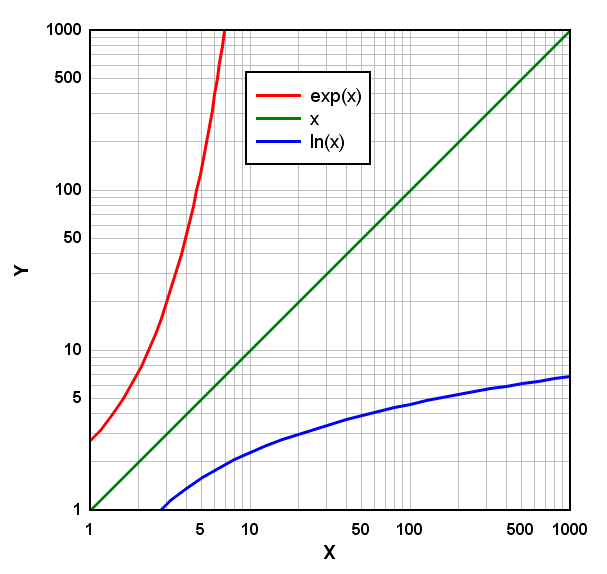Course:MATH110/Archive/2010-2011/003/Teams/Glarus/Homework 13
Assingment:
Explain in your own words what it means that these concepts work on a logarithmic scale. Create a wiki page with all your explanations.
=
Brightness of stars
Taken straight from WIKI, what is logarithmic scale: "A logarithmic scale is a scale of measurement that uses the logarithm of a physical quantity instead of the quantity itself".
what does this mean in plain english and when is this scale used?
It is basically the presentation of data that covers a wide range of data that are presented and very relavant. As well, lorgatithmic scales also consentrates on the changes of one specific constant, more specifically looking at its ratios.
What does this look like? An example that we saw in class.....
The example of the use of these scale is looking at the Brightness of stars.
Now that we have identified the question and highlighted its different components 1) logartihmic scale and 2) the brightness of stars... what do these two have to do with eachother? (very important question to be asking)
Well.. one of the mian properties of stars is their brightness. Putting this in a little context, the brightness of stars are measured through the magnitude system. Around 150 B.C.E, Hipparchus, a greek astronomer invented this method. What is bassically composed of was the classification of stars and their nrightness through the naked eye. He would classify how bright the stars looked. For the brightest ones he would put in the first magnitude, and for the dimmest lights he would put them in the sixth magnification.
As years went by, this system was improved and new ideas arrose. One of the most inovated changes was the idea of logarithmic scales. "It was thought that the eye sensed differences in brightness on a logarithmic scale so a star's magnitude is not directly proportional to the actual amount of energy you receive".
THE MATH:
On the quantified magnitude scale, a magnitude interval of 1 corresponds to a factor of 100^1/5 or approximately 2.512 times the amount in actual intensity.
For example, first magnitude stars are about 2.512^2-1 = 2.512 times brighter than 2nd magnitude stars, 2.512×2.512 = 2.512^3-1 = 2.512^2 times brighter than 3rd magnitude stars, 2.512×2.512×2.512 = 2.512^4-1 = 2.512^3 times brighter than 4th magnitude stars, etc.
=
Bibliography: http://www.astronomynotes.com/starprop/s4.htm

